Smith enters the full face helmet market with the Smith Mainline – how does it compare to the competition?
The Smith Mainline is the company’s entry into a DH certified lightweight full face, a pedalable DH helmet, if you will. At 810 grams (measured on our kitchen scales, size medium, which puts it a bit heavier than the 770g claimed weight), the Mainline features a robust integrated chin bar, MIPS and an Aerocore (Koroyd and EPS combined) crumple zone. Not as angular as traditional moto inspired DH helmets, the Smith adopts an updated TIE Fighter aesthetic that includes large vents, some open and unscreened, to aid in ventilation. It comes in three sizes and three colours and the helmet includes two additional sets of cheek pads, an extra neck roll and liner pads.
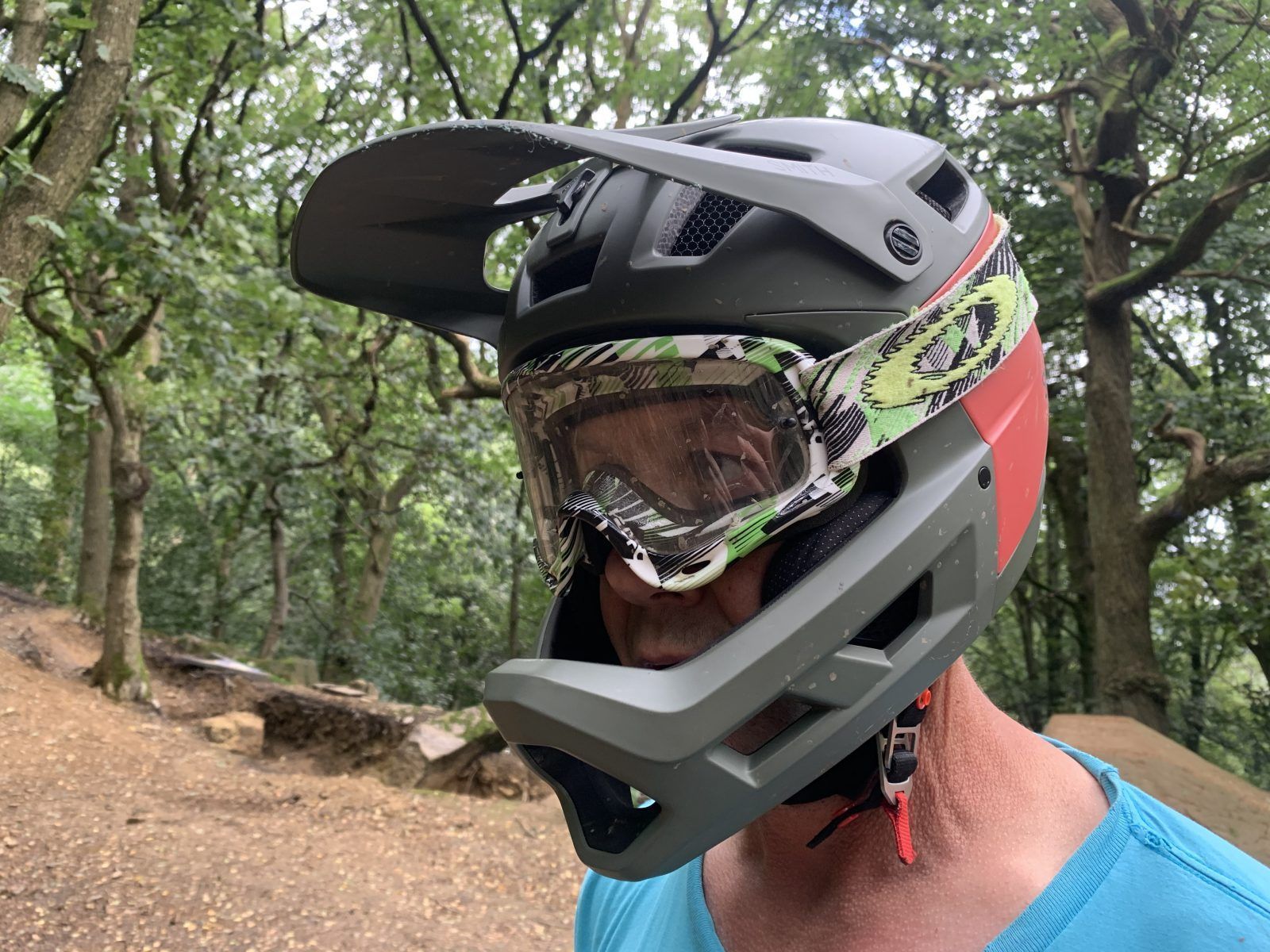
Smith Mainline On The Trail (and In The Air)
I’m pretty much an across the board medium with a 58cm measurement, so the fit was dead on, though the thickest cheek pads and thicker neck roll kept it quite snug at the bottom, just the way I like it. The lower pad fitted well, stayed put, and did not inhibit the airflow through the chin bar and over the top of the helmet. This is likely due to the 6 lower vents and rear and top exhausts all being open and unrestricted. The other 13 (that’s 21 total) active vents are filled mostly with with Koroyd, which combine with the structural and shock absorbing EPS for a DH rated well ventilated system.
The spherical MIPS liner with the Xstatic pads made taking the helmet on and off easy, fitted well and protected me from my (unfounded?) fear that the Koroyd would result in multiple core skull samples if I had an impact. Additional passive ventilation includes three neck roll vents and two over-brow side vents (though both of these are effectively blocked by the Koroyd edge!) and a large well designed centre brow vent, all aided by the robust visor which acts a scoop and can be tilted back to accommodate goggles. Visibility was great with a tall and wide eye pocket that better accommodates a traditional, round-top, moto-shaped goggle.

I used the helmet in multiple conditions, from local trail rides and dirt jumps to up-lift and pedal-up bike park, with temperatures ranging from the mid-teens to mid-30s centigrade. I never have the desire to ride without a full face, so have extensive experience with the lightweight versions and felt that the Mainline was quite reasonably weighted, the airflow and cooling was very good. I’ll probably be banned by British Cycling for saying this, but I think it is completely unnecessary to wear a helmet uphill on a MTB ride or bike path (Editorial note: Chipps says one of his only concussions was on an MTB climb). As such, you will almost always see me with a helmet on my pack on the way up and my made-for-radio face and occasional Michael Jordan tongue obscured on the way down. Nonetheless, I found myself on more than a few occasions riding with the Mainline on prolonged ups, which was likely due to the D-ring strap that – if I didn’t create enough slack by executing a firm double yank, the second one with an extended chin – made removal an occasional micro-derm abrasion treatment. While rolling, the Mainline did a good job of keeping me cool.
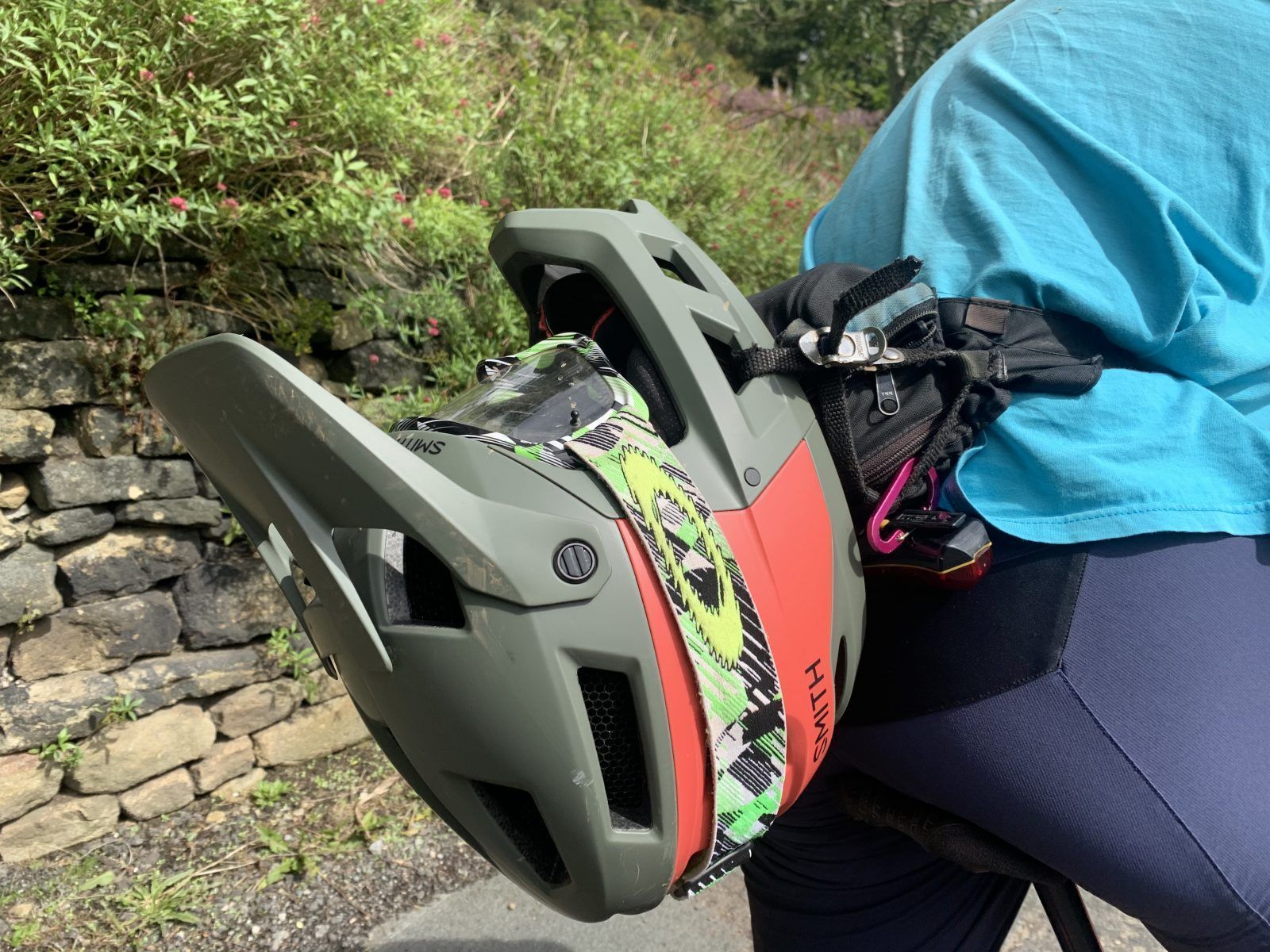
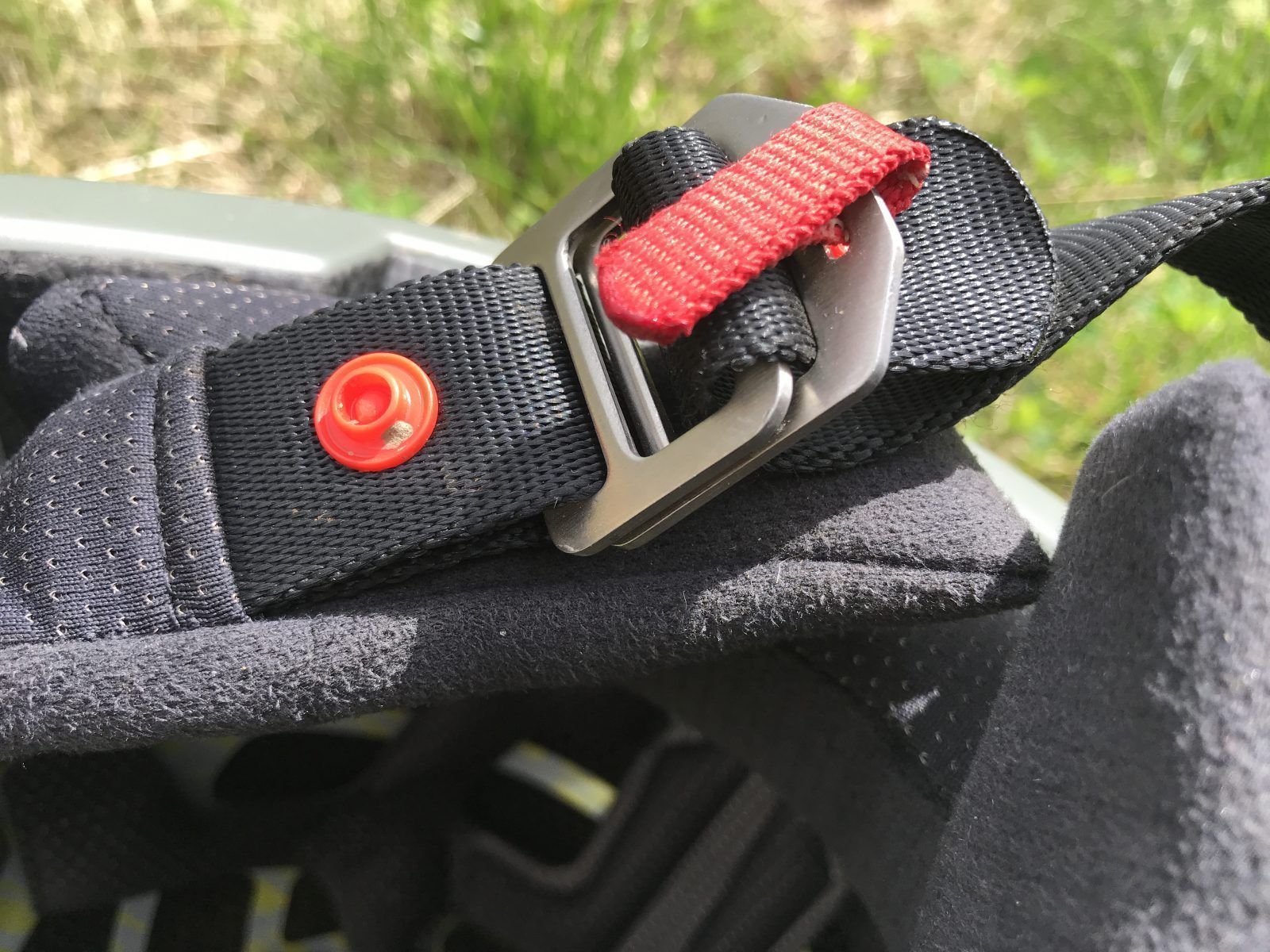
That said, I like the comfort, security, simplicity and durability of the D-ring, it’s properly robust to match the rest of the helmet. It has a unified, flex free feel, despite the chin bar being an obvious add-on, riveted in place and with a closed cell foam (nice!) liner. While I didn’t like the sage/red rock colour combo, finding it too grey/dusty rose and just-quite-not matching my Canyon Strive test bike, the matte black and dark teal offerings should satisfy most.
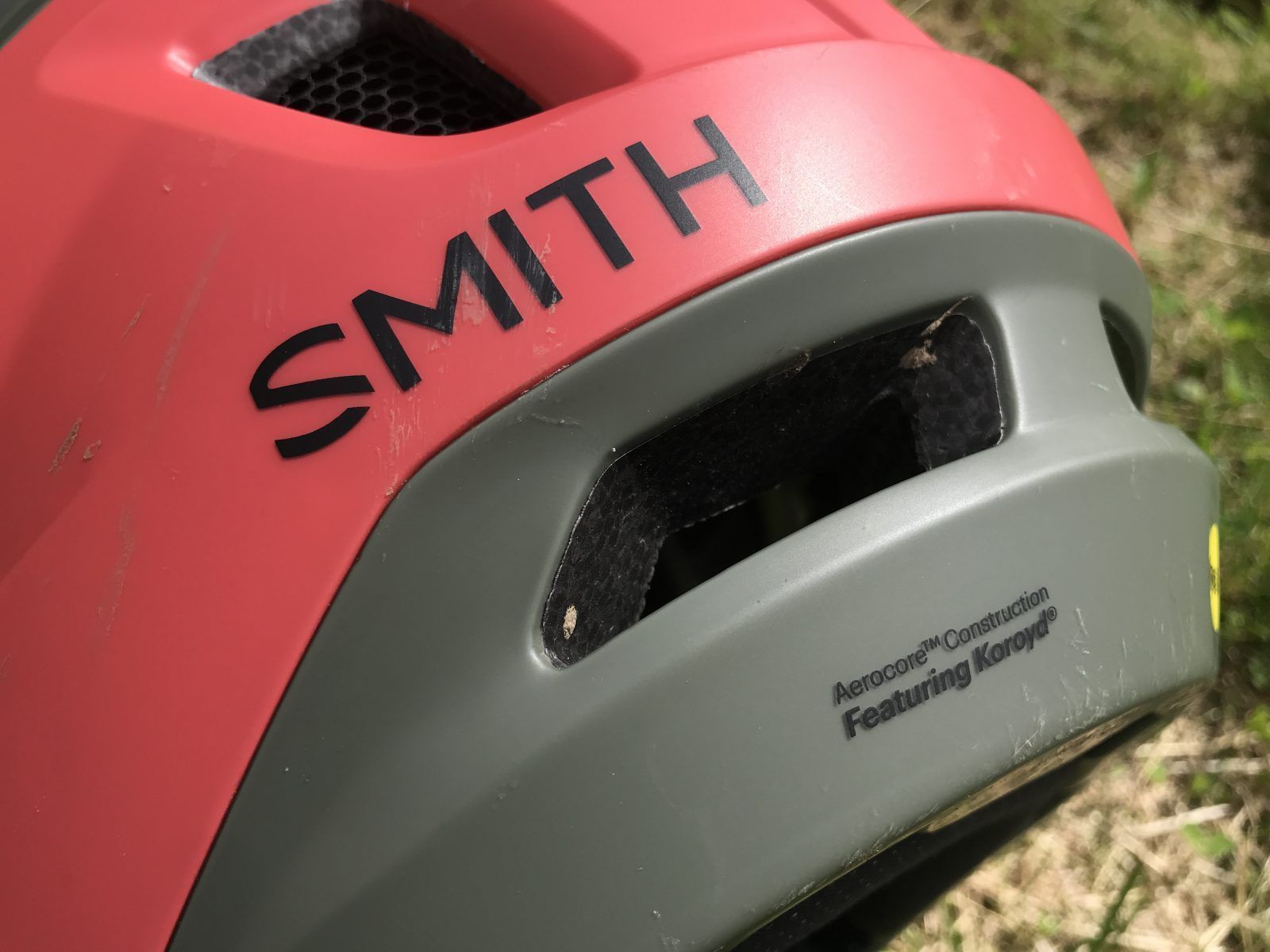
In use, I found the visor robust, having banged into a few tree branches and off of some low clearance bridges while carried on my pack (remember what I said about the bike paths). I didn’t get to try it with some sort of cervical restraint, but the height of the helmet and chin bar thickness look like they would offer ample clearance and compare similarly to the Bell Super DH, which is known to work well with such devices. Speaking of the Super DH, the two are priced about the same and have similar intended usages, with the 100ish gram heavier Bell featuring a removable chin bar and slightly better ventilation. Smith, if you are listening, please make a superlight version in carbon and leave it raw or paint it up in some true earth or jewel tones and you will have me as a customer for life (stated helmet lifespan is 3 years).
3 things I liked:
- Solid construction and feel
- Lightweight
- Very good ventilation
3 things to be improved:
- More, better colours
- Cheek pads can pop loose
- Koroyd uniformity – the shape of the ‘straws’ varies a lot around the helmet’s structure
Overall
If you value your eating, breathing, drinking, smelling and seeing holes as much as the back of your head, you probably ought to consider the Smith Mainline.

Review Info
| Brand: | Smith |
| Product: | Mainline |
| From: | ultrasporteub2b.com |
| Price: | £275 |
| Tested: | by Fahzure Freeride for 6 weeks |
Comments (1)
Leave Reply
Post Comment
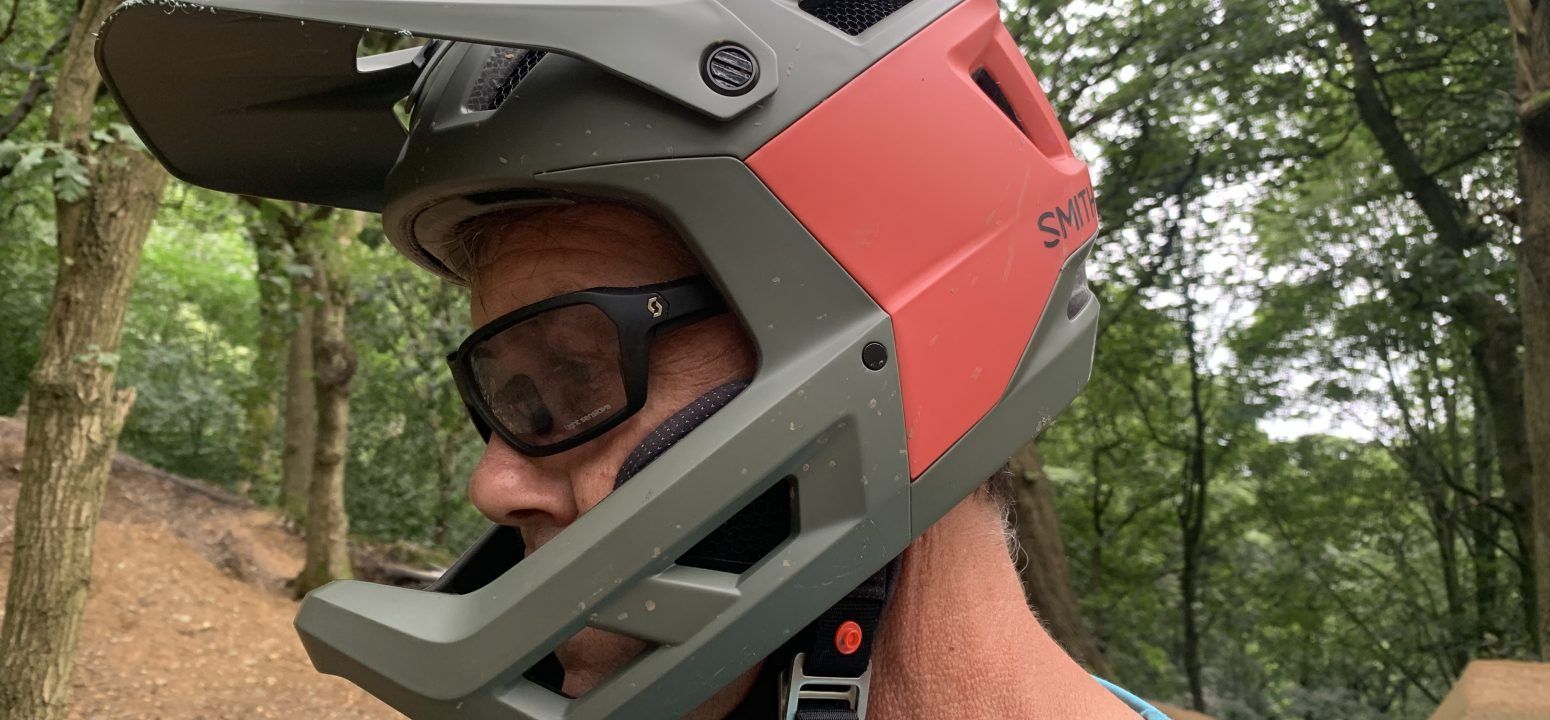
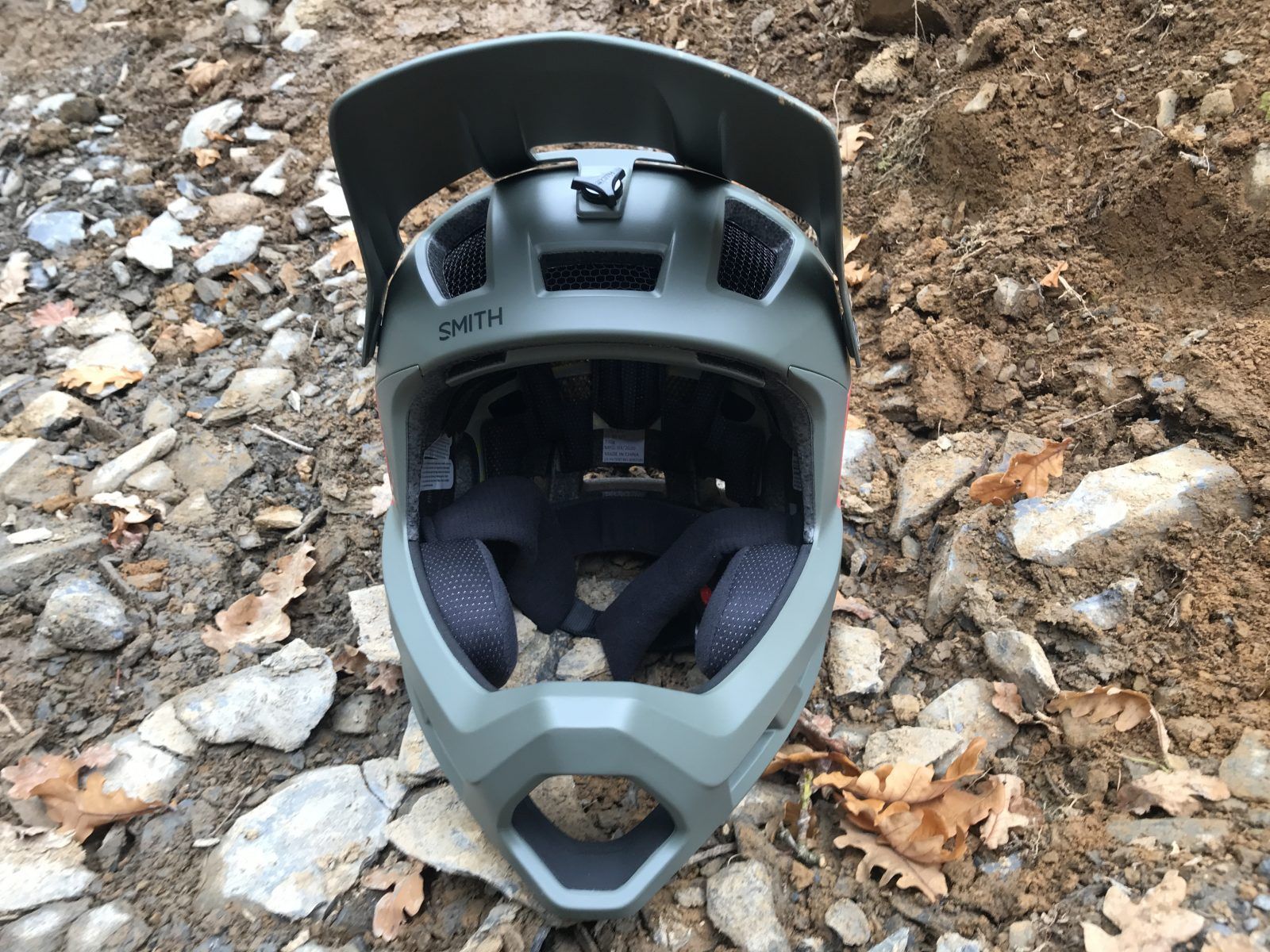
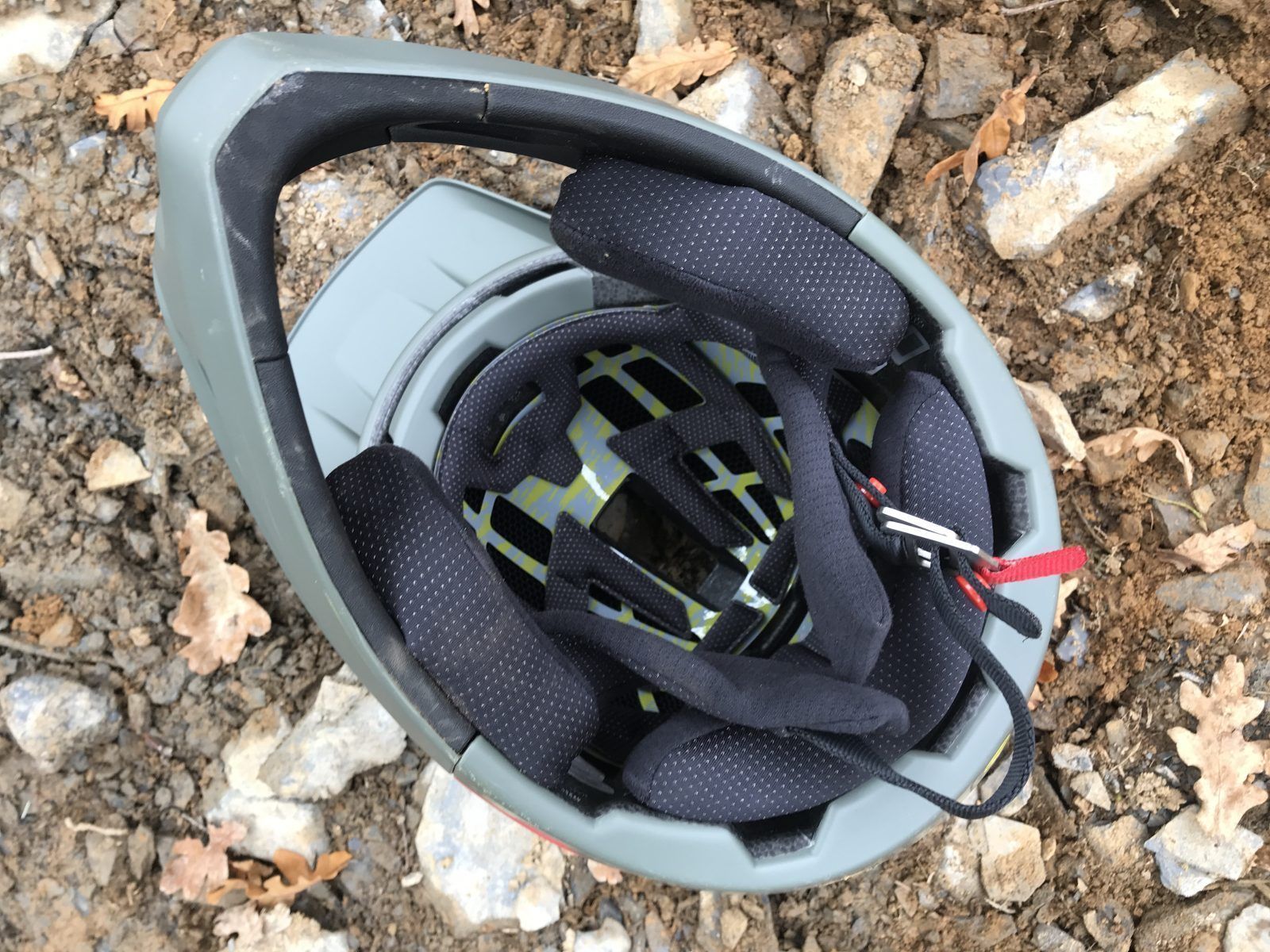
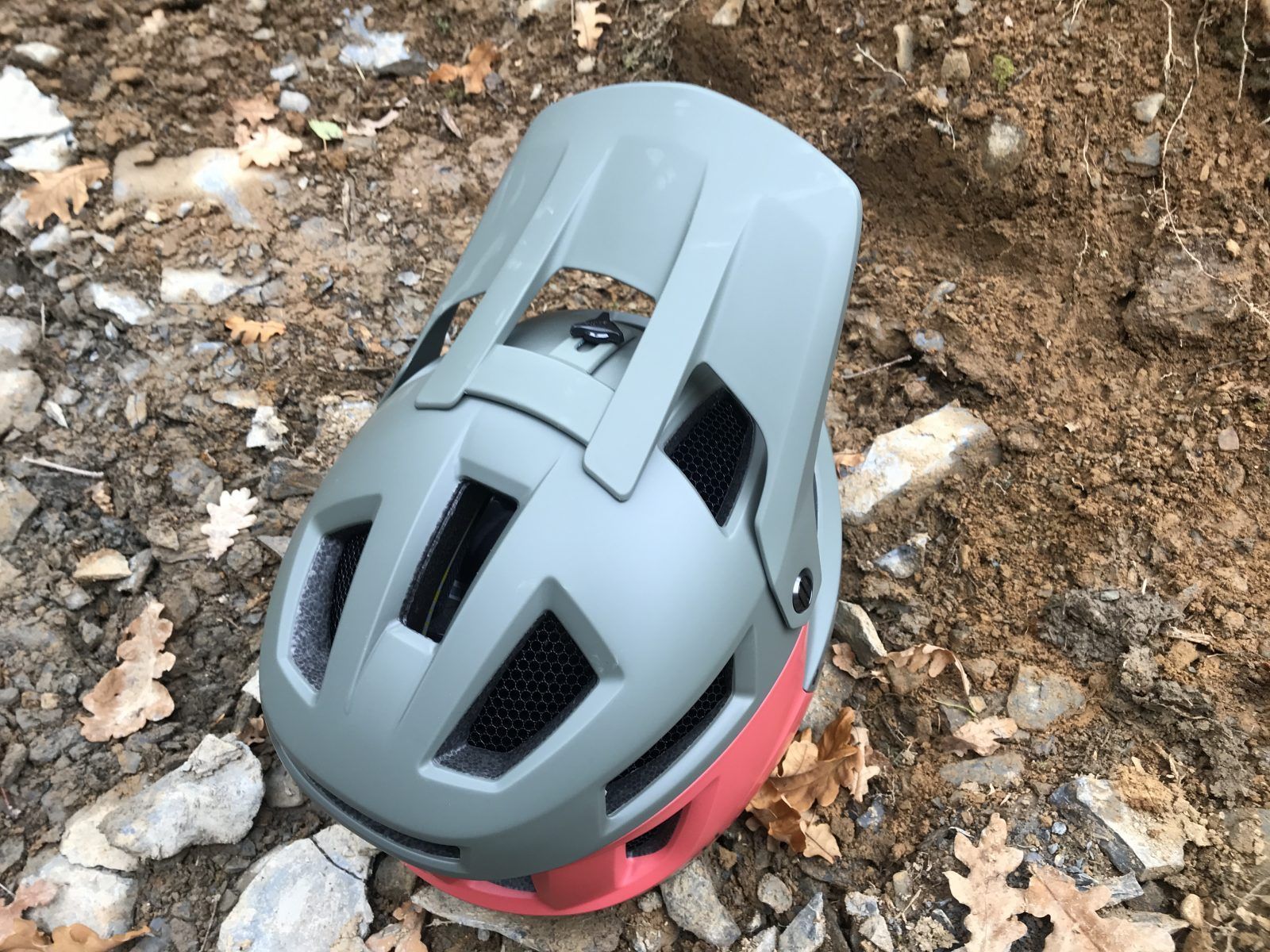
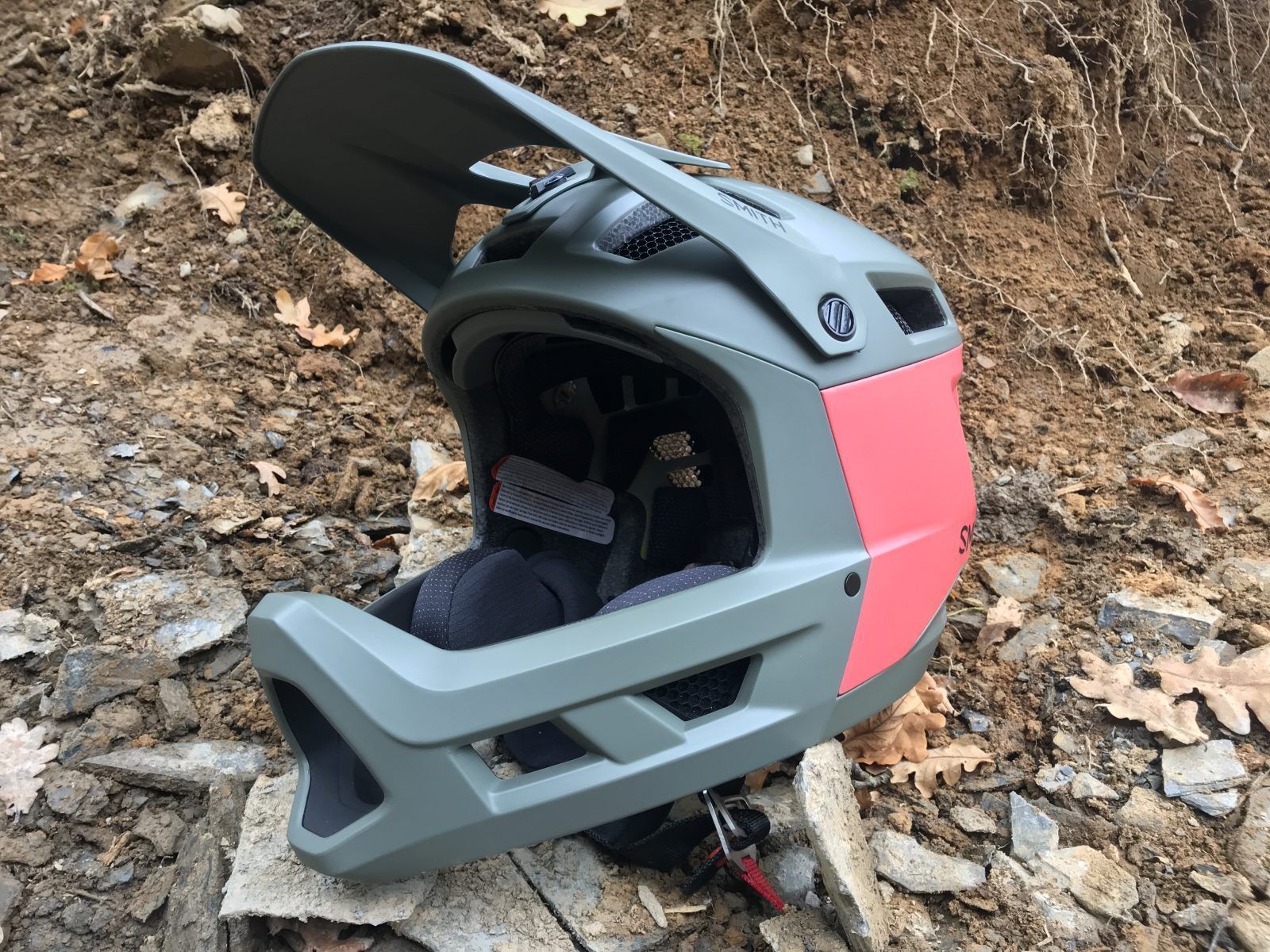
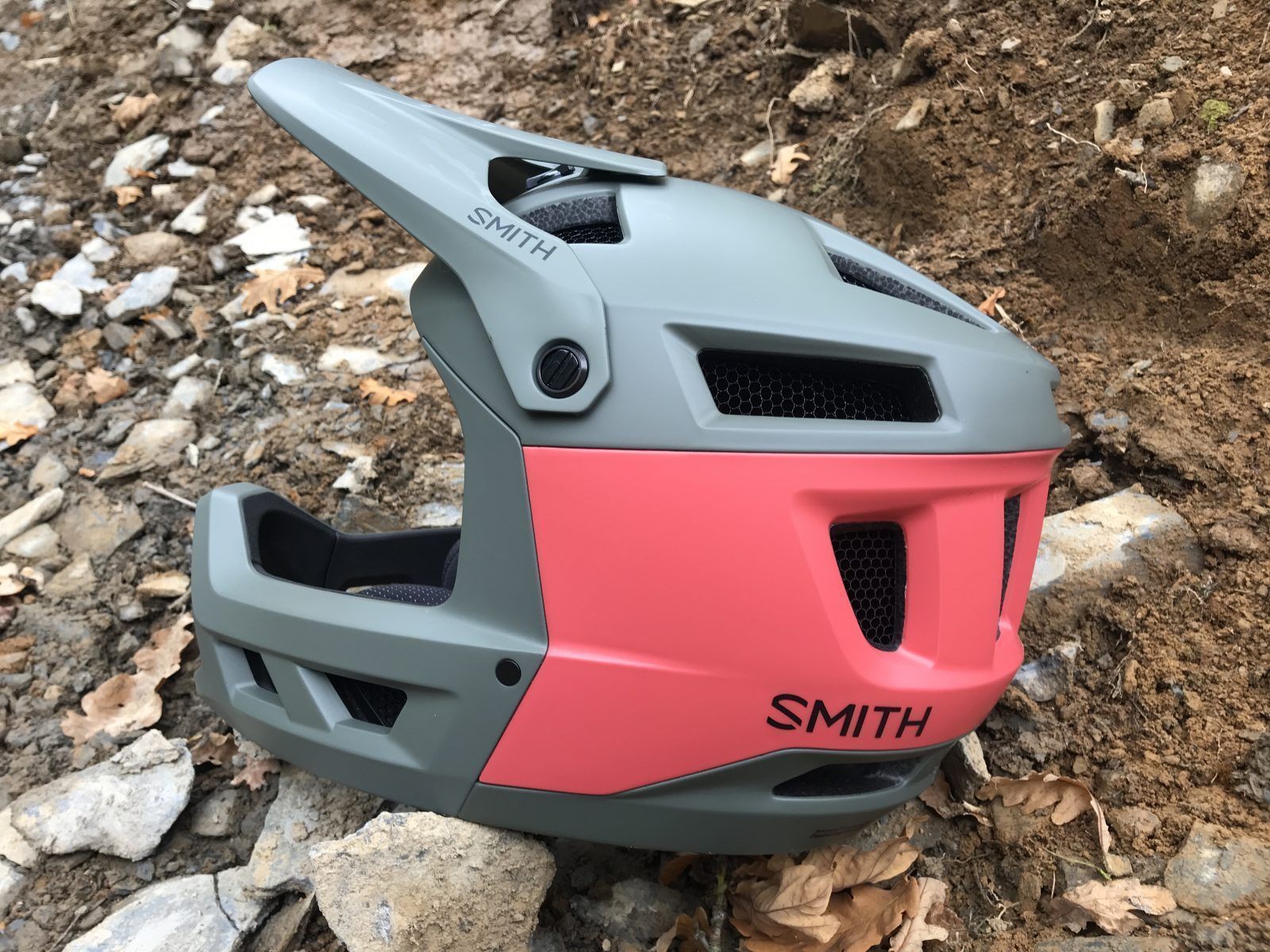
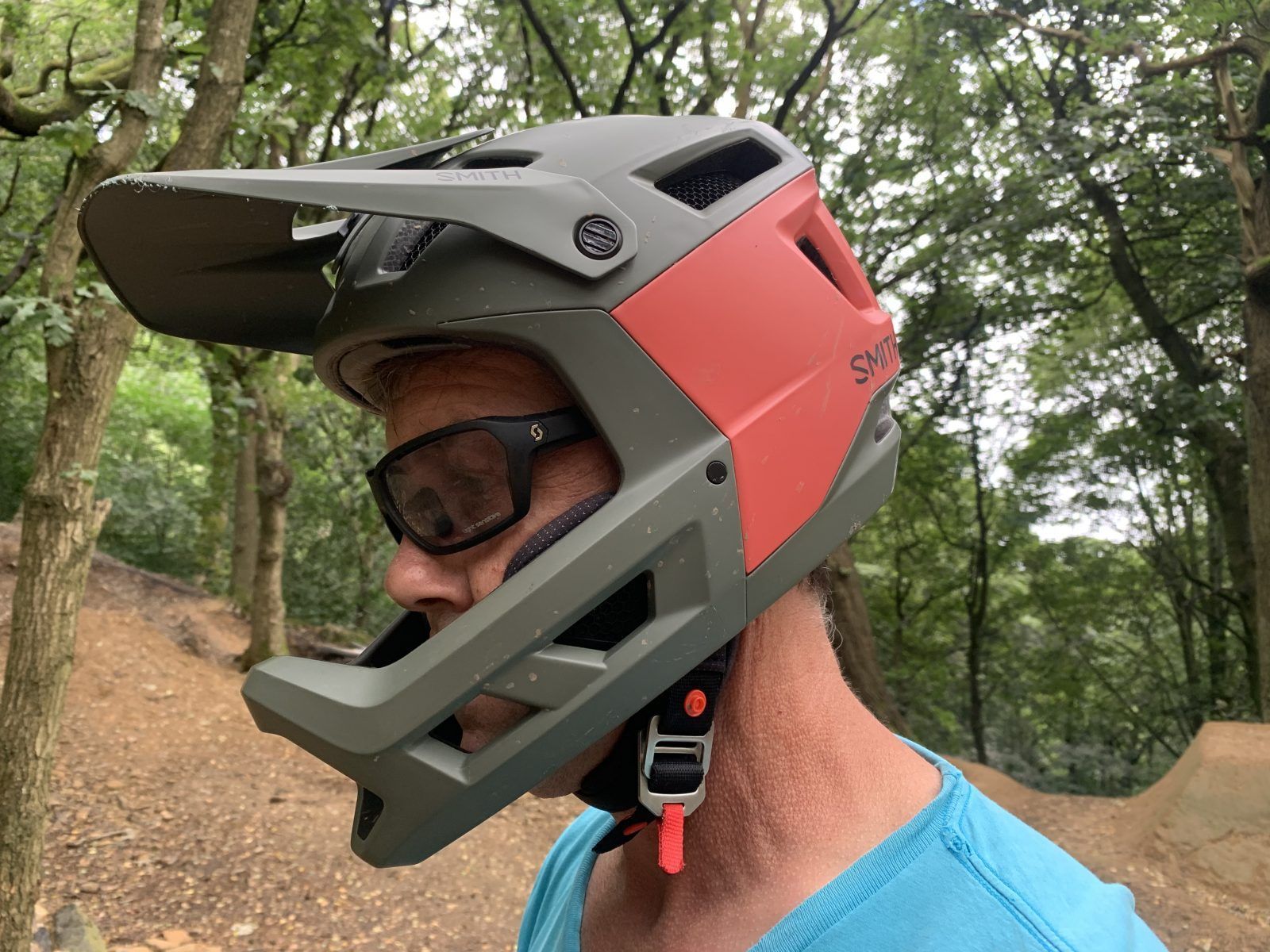
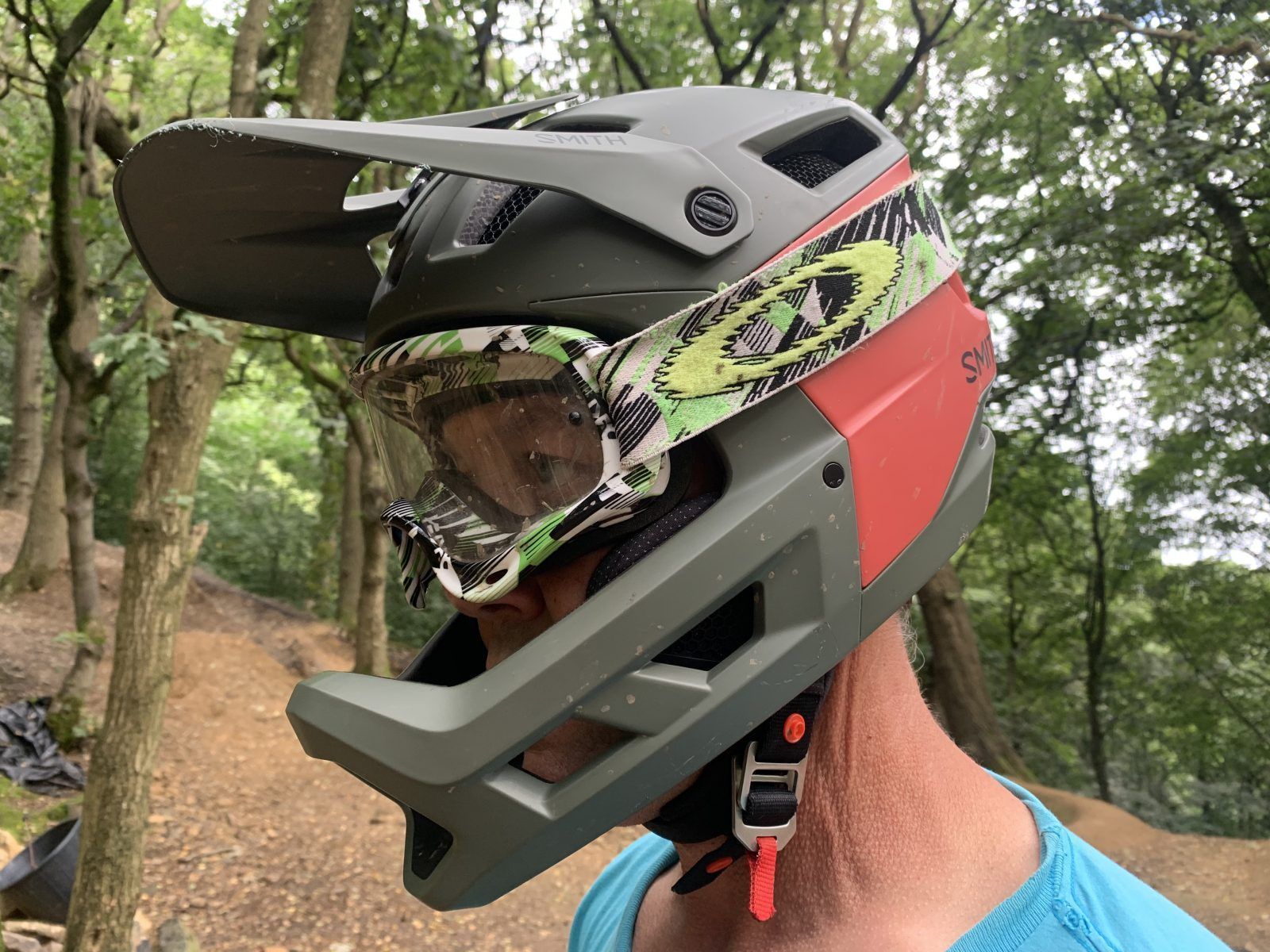
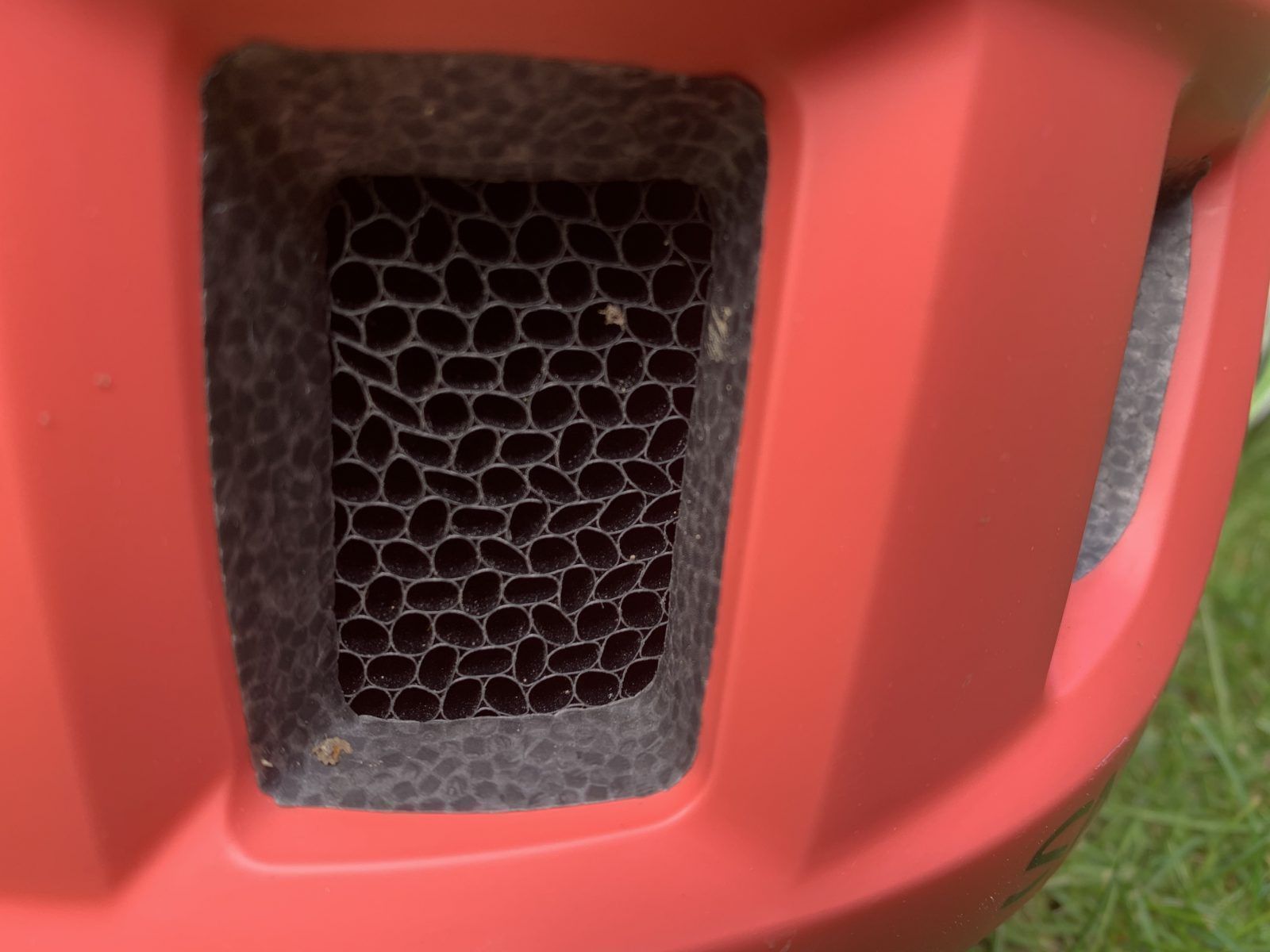
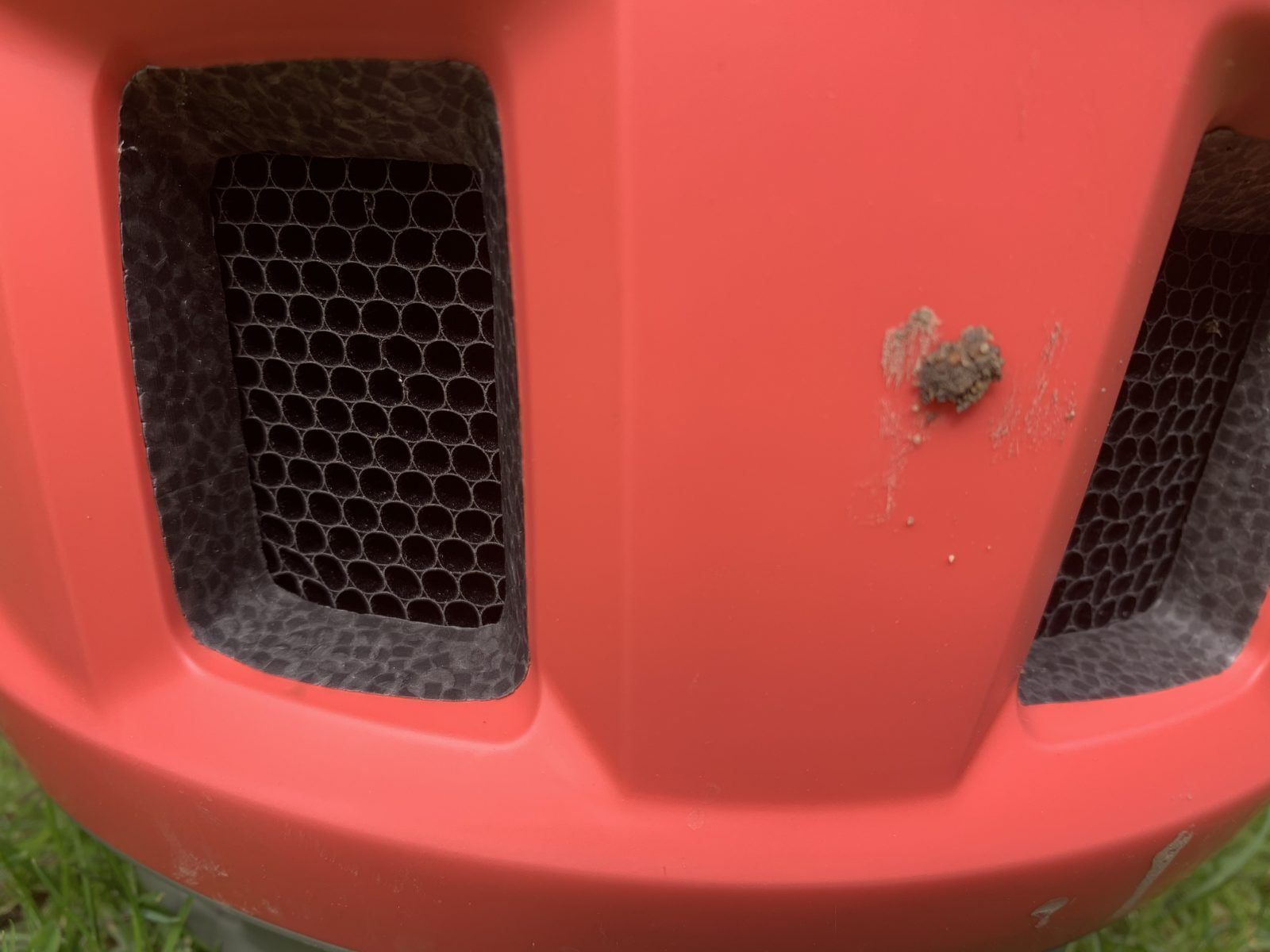
Impressive though I’D prefer my carbon fully at less ££